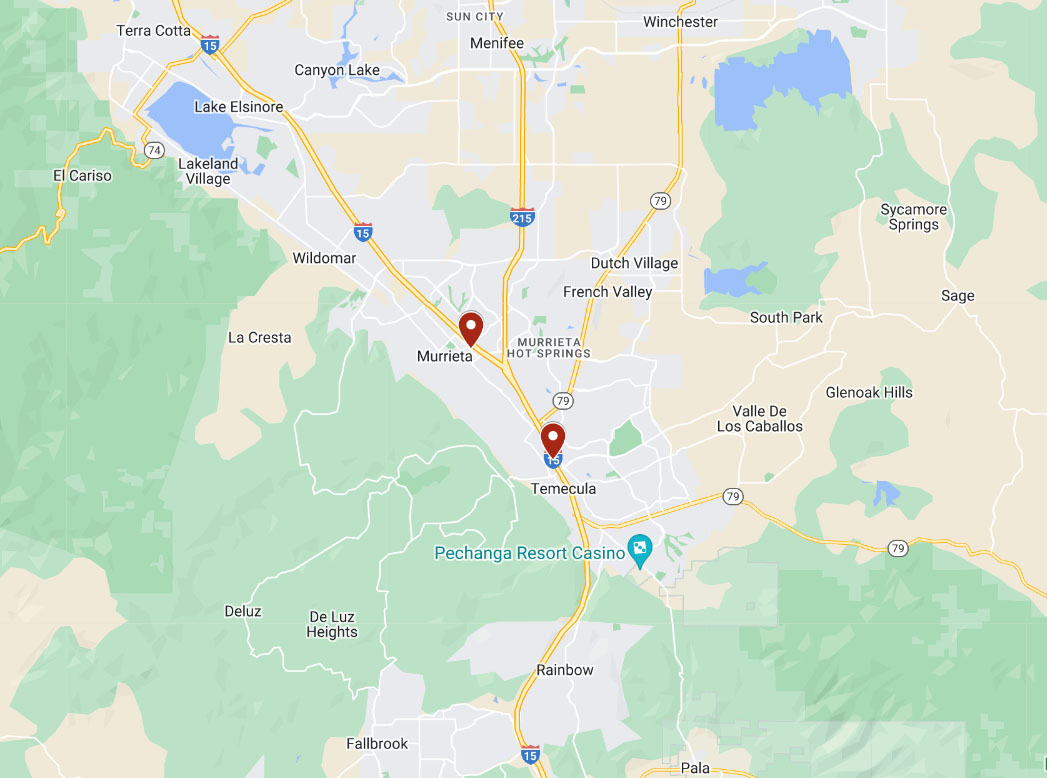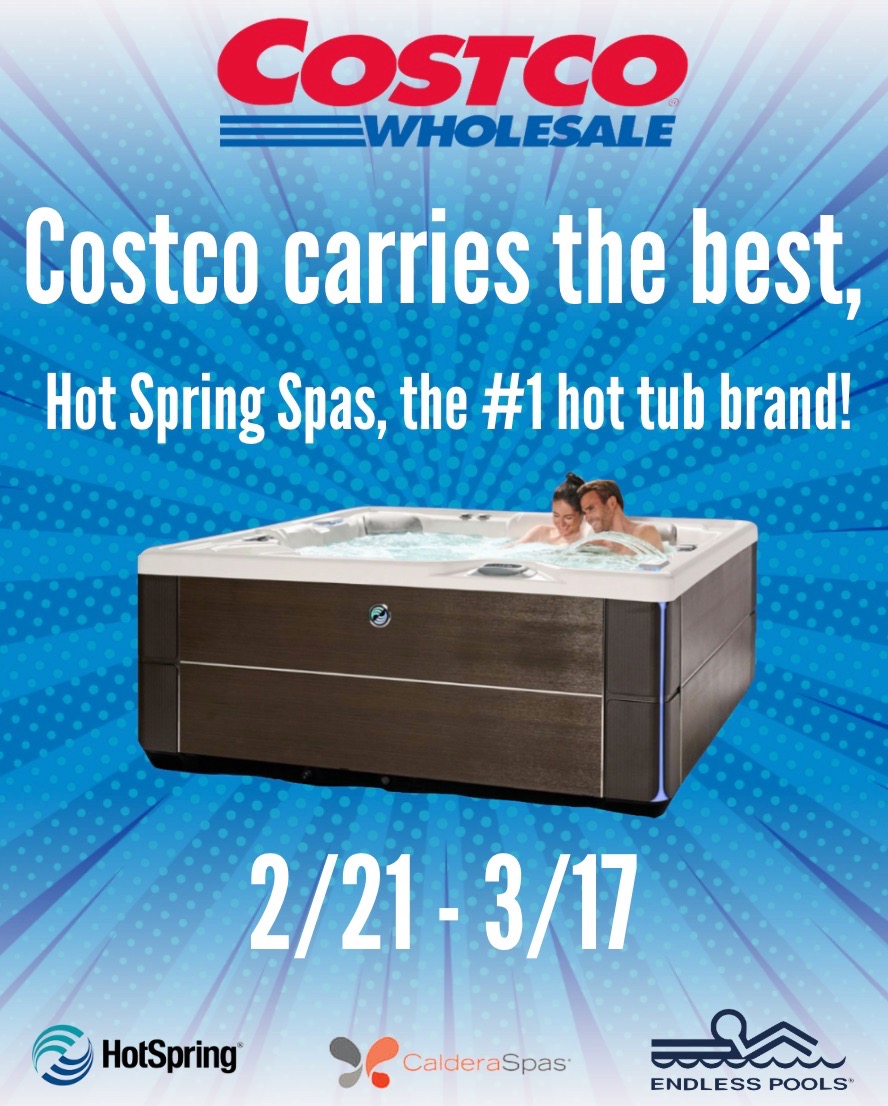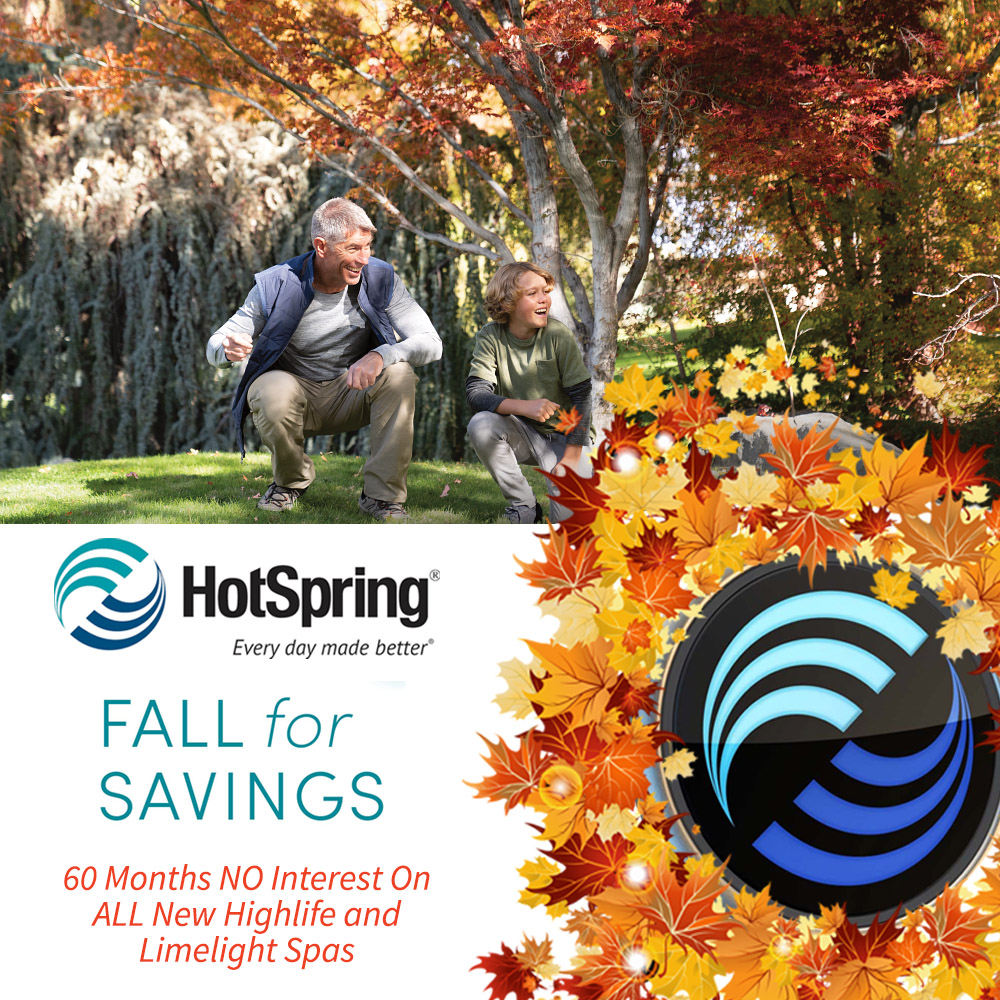
FAQ
The lights on my Hot Spring spa are blinking. What should I do?
Consult the troubleshooting guide in the back of your Hot Spring spa owner’s manual. In it you will find step-by-step instructions that help owners check for common issues. This troubleshooting process does not require any technical ability to perform.
I can't find the information I want in the owner's manual. Where else can I look?
We should be available to assist – please give us a call!
Where can I get a replacement owner's manual for my spa?
You can either download the owner’s manual for your spa or contact our Customer Service team and we can mail you a hardcopy at no charge.
I want to use a bromine floater in my spa; why do you specifically recommend against the use of a floater?
Floaters dispense chemicals into the spa water 24/7, whether they’re needed or not. When the spa is closed and the jets off, the floater will stay in one location in the spa, spilling chemicals onto the horizontal surfaces immediately below it. Because the tablet does not dissolve evenly, those bits will etch and pit the plastic shell surface, leaving a rough surface that will not be comfortable to sit on and can damage swimsuits. These rough patches cannot be sanded or removed from the shell. View Hot Spring water care products
I want to use aromatherapy oils in my spa. Will using these oils void my warranty?
Hot Spring does not recommend using any type of oils or bath salts in your spa because they tend to gum up the filters and damage the electrical components in the spa. Using these products does not void the spa’s warranty, but any service needed to repair the spa because of damage caused by the use of non-approved chemicals is not covered by the warranty. Those can be expensive repairs, so we recommend checking with us before you use any new chemical or oil in your spa.
I am considering buying a spa and don't understand the difference between wiring it to be 110v or 230v. How do I decide?
The first thing is to determine what spa sizes you are considering. Some spas do not offer the option of 110v service. It also depends on how you plan to use the spa. Basically, having a spa hooked up for 230v service means that the jets and the heater can operate at the same time.
With a 110v unit, the heater will not come back on until you turn off the jets. If your new spa is going to be “party central” with several people in and out of the spa over a few hours, you might be happier with a 230v hookup. If your spa is going to be a quiet refuge for one or two people who enjoy a hot water soak with no jets, then a 110v unit might be best. Also, you need to consider whether you are installing your spa indoors or outdoors and whether you plan to use it year-round. Since many different factors go into this decision, give your dealer or Hot Spring Consumer Service team a call before you buy. We’ll be glad to provide the information you need to make the best decision for your spa enjoyment.
I bought a used spa. Do I need to use the authorized Hot Spring dealer for service?
Developing a working relationship with your locally authorized dealer is a great way for you to protect your investment in a used spa. Your authorized Hot Spring dealer will have the factory-recommended components and water care chemicals that will extend the life of your spa. They also have the latest information from the factory regarding any component upgrades needed for older spas.
I want a Hot Spring spa. Why do I have to buy it from the closest authorized dealer?
Authorized Hot Spring dealers are required by contract to deliver and provide warranted service for all new spa sales from their store. This ensures that the spa will not be damaged in transport between the dealership and your home. This also means the dealer will have the technical staff to service your spa if/when needed. If you were to buy a Hot Spring spa farther from the delivery destination, the selling dealer may charge you a trip fee for their technician to travel to your home. What you saved in the initial purchase price may not compare to what you might have to pay the dealer for their travel. Dealer travel charges, is issued, are not covered by your spa’s warranty.
We want to buy a spa for the whole family to use. Is it okay for our toddler to be in hot water?
This question is best asked of your child’s pediatrician or other medical professional. Small children are sometimes less tolerate of exposure to hot water, so ask your doctor before allowing young children to use a spa.
We want to buy a spa but our local city code enforcer says we need to build a barrier gate, fence or other structure. Is this true?
Hot Spring spas carry several different certifications that ensure the spa is safe to use. Some code enforcement personnel mistakenly believe that public pools and private residential spas require the same code compliance and barrier requirements. If you have questions about barrier requirements in your community or region, contact your authorized dealer to obtain the information you need. You may also call the Hot Spring Customer Service team to get help you find this information.
My spa is 20 years old. Can I still get parts for it?
Yes. We can order parts directly from Watkins, the manufacturer of Hot Spring Spas. If they do not carry the original component, a replacement component of equal or better quality will be provided. We can also provide a replacement cover for your spa that fits the corners and cover locks.
Can I buy a spa or parts directly from Hot Spring?
Only authorized dealers may sell Hot Spring spas directly to consumers. However, Hot Spring provides warranty coverage for your spa purchase and offers the strongest warranty in the industry. We also offer a warranty on parts purchased and installed by authorized dealers.
How often should a hot tub be drained?
The industry recommended duration is every four to six months; however, the frequency can vary depending on the amount of usage, the hardness of the water in your area, how well the water balance levels are maintained, and the brand and model of hot tub. For example, with many hot tub brands, you need to drain and fill every 60 to 90 days, but with eco-friendly Hot Spring models you may only need to drain and fill every 190 days.
Is a 110-volt hot tub better than a 220-volt hot tub or vice versa?
Neither voltage is better than the other. A 110-volt hot tub does not need to be hard wired and can be plugged directly to an outlet while a 220-volt hot tub requires a sub-panel and hardwiring. With a 110-volt hot tub the heater turns off when the jet pump turns on (meaning you’re allocating the amperage to either the heater or the pump) while the heater and jet pump can run simultaneously with a 220-volt hot tub.
What are the recommended water balance levels for a hot tub?
pH: 7.2 to 7.6 ppm
Total Alkalinity: 80-120 ppm
Calcium Hardness: 150-400 ppm
Total Dissolved Solids: 2000 ppm
Sanitizer: 3-5ppm (never over 10ppm)
What causes discolored water or scale deposits (white flakes)?
Typically this is caused by an elevated level of minerals such as copper, iron, magnesium, and iron. A good solution to these unpleasant water characteristics is to adjust the pH level. We also recommend a system flush using our Spa Flush chemical. An excellent way to remove anything from your plumbing that would cause yucky water.
What causes hot tub water to foam and what is the solution?
Foam can occur due to a few reasons: oil buildup, low level of calcium hardness, and an increased volume of dissolved solids. Try adding sanitizer or calcium hardness or refilling the hot tub. For example, your guests might have residual detergent in their bathing suit pockets, hair gels, lotions, etc that cause foam.
What causes scum lines and how do you get rid of them?
Scum lines are most often caused by a buildup of lotions and body oils near the surface of the water. The best way to eliminate them is to use an enzyme cleaner.
What is the difference between chlorine and bromine?
Both are sanitizers, and capable of eliminating bacteria and algae. The most notable differences are that bromine tends to be less harsh on the skin and has fewer odors. Whereas, chlorine will not break down as easy when exposed to sunlight—lasting longer in your pool or spa over time.
What is the hottest temperature a hot tub should be set?
Never set your hot tub over or soak in water hotter than 104 degrees Fahrenheit.
Why does hot tub water become cloudy?
Hot tub water can become cloudy for lots of reasons: the water may have contaminants, unbalanced levels, increased calcium hardness, or un-filterable particles. Check the levels of the water, add sanitizer or calcium hardness if needed, and make sure the filter is working properly.
Why is shock recommended for hot tub water care?
Shock breaks down the suspended organic material that chlorine, bromine, and other santizers can not completely eliminate. If these organic materials are not removed from your hot tub’s water, algae may being to grow.




